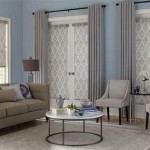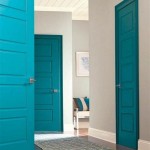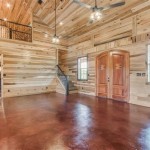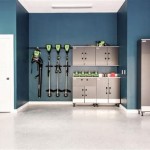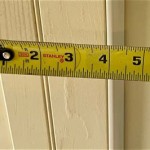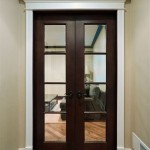Best Way To Soundproof Interior Walls In A House
Soundproofing interior walls in a house can significantly enhance acoustic comfort and privacy. Whether you're trying to block noise from noisy neighbors, create a quieter space for work or study, or simply improve the overall ambiance of your home, effective soundproofing techniques can make a world of difference.
In this comprehensive guide, we'll explore the essential aspects of soundproofing interior walls and provide practical tips to help you achieve optimal results:
1. Identify the Noise Source and Transmission Paths
To effectively soundproof your walls, it's crucial to understand the source of the noise and how it travels. Identify if the noise originates from airborne sound (e.g., voices, music) or impact sound (e.g., footsteps, banging). Additionally, consider the transmission paths, such as through gaps around windows, doors, or electrical outlets.
2. Mass Loaded Vinyl (MLV)
Mass Loaded Vinyl (MLV) is a highly effective soundproofing material consisting of a thin, heavy sheet. It can be installed on walls, ceilings, or floors to add mass and impede sound transmission. MLV is particularly effective in blocking low-frequency noise, such as bass or heavy footsteps.
3. Acoustic Caulk and Sealants
Gaps and cracks around windows, doors, and other openings can allow sound to leak through. Acoustic caulk and sealants are designed to fill these gaps and create an airtight seal. They can significantly reduce sound transmission through indirect pathways.
4. Soundproof Wall Panels
Soundproof wall panels are prefabricated panels that can be installed over existing walls or used as partitions. They often incorporate sound-absorbing materials and mass-adding layers to effectively block and absorb sound. Wall panels are a convenient and aesthetic solution for soundproofing.
5. Acoustic Curtains and Drapes
Acoustic curtains and drapes are thick, heavy fabrics that can help absorb sound and reduce echo within a room. They are a great choice for bedrooms, home theaters, or other areas where sound control is desired. Choose curtains made of sound-absorbing materials such as velvet, suede, or blackout fabric.
6. Decoupling Techniques
Decoupling techniques involve separating sound-transmitting components to prevent vibrations from traveling through structures. This can be achieved by using resilient channels, isolation pads, or floating floors. By creating a barrier between surfaces, decoupling methods effectively reduce sound transmission.
7. Absorbing Materials
In addition to blocking sound transmission, it's also important to absorb sound waves to prevent reverberation and echo within a room. Absorbing materials, such as acoustic foam, fiberglass insulation, or sound-absorbing panels, can be installed on walls or ceilings to trap and dissipate sound energy.
Conclusion
Soundproofing interior walls in a house can be a complex but rewarding endeavor. By understanding the noise source, transmission paths, and utilizing effective soundproofing techniques, you can create a quieter and more comfortable living environment. Remember to consider the specific needs of your space, such as the type of noise, available budget, and aesthetic preferences. With careful planning and implementation, you can significantly reduce noise pollution and enhance the overall ambiance of your home.

How To Soundproof A Wall Materials For Soundproofing Walls

Soundproofing How To Soundproof A Room Diy Project The Family Handyman

Soundproofing How To Soundproof A Room Diy Project The Family Handyman

Soundproofing How To Soundproof A Room Diy Project The Family Handyman

How To Soundproof A Wall Achieve Higher Stcs On Your Demising

Soundproofing A Wall How To Soundproof Walls Mass Loaded Vinyl Manufacturer

How To Soundproof Walls Floors Ceilings And Doors In New Construction Tm Soundproofing

How To Soundproof Interior Walls Made Of Drywall Ecohome

How To Soundproof Existing Walls Guide For Soundproofing Closed

Soundproofing Attics Walls Ceilings How Cellulose Greenfiber
Related Posts

